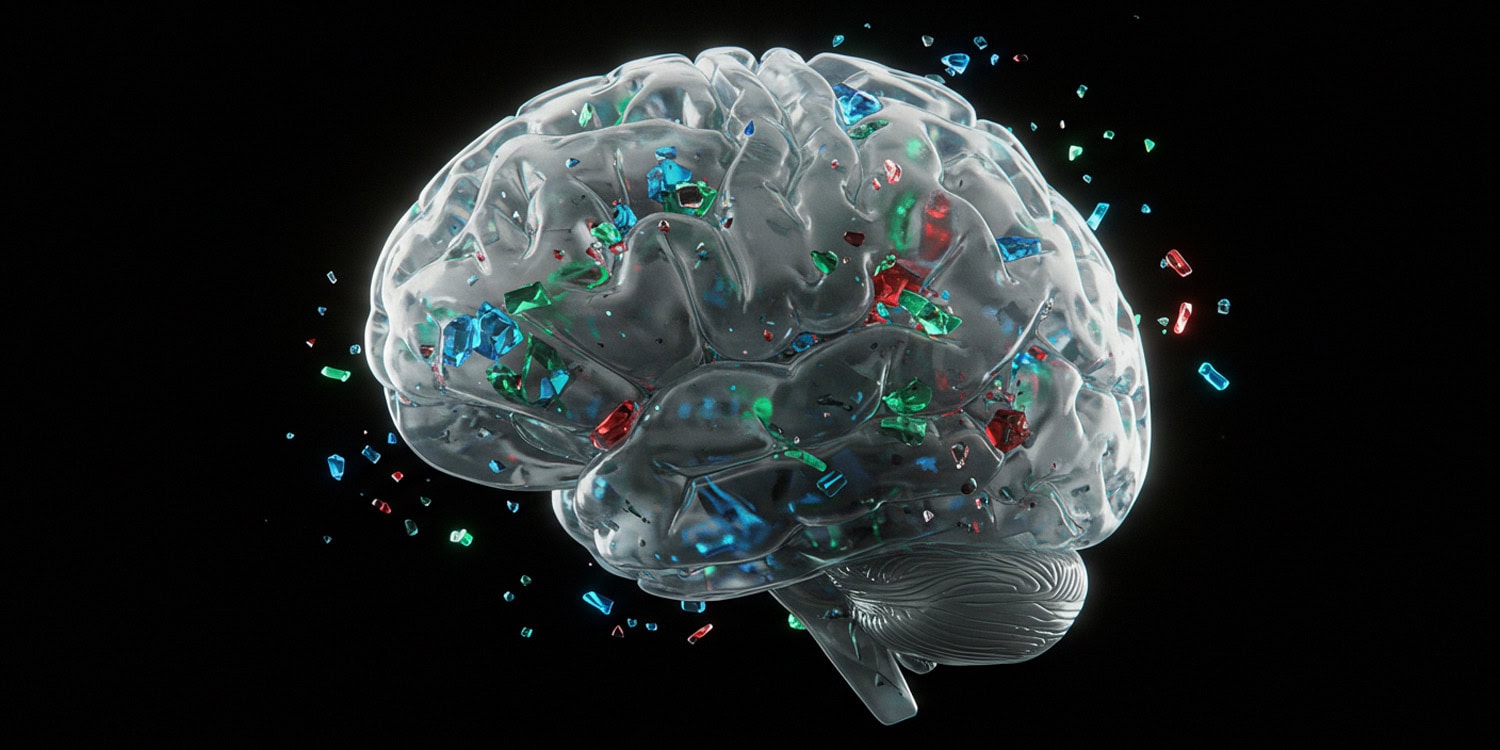odanny
Diamond Member
We both already know what you do, there is no need for me to say anything.Then tell me what you think I do.
Follow along with the video below to see how to install our site as a web app on your home screen.
Note: This feature may not be available in some browsers.
We both already know what you do, there is no need for me to say anything.Then tell me what you think I do.
I disagree and the fact that you can't even state it says I'm right and you are wrong.We both already know what you do, there is no need for me to say anything.
There is no doubt in my mind, that it is you that is personally responsible. Pick up after yourself, pig.. And there's no denying we are responsible.
So you are saying someone's going to get paid.View attachment 1048009
Record numbers of plastic industry lobbyists are attending global talks that are the last chance to hammer out a treaty to cut plastic pollution around the world.
The key issue at the conference will be whether caps on global plastic production will be included in the final UN treaty. Lobbyists and leading national producers are furiously arguing against any attempt to restrain the amount that can be produced, leaving the talks on a knife-edge.
New analysis by the Center for International Environmental Law (CIEL) shows 220 fossil fuel and chemical industry representatives – more plastic producers than ever – are represented at the UN talks in Busan, South Korea.
Taken as a group, they would be the biggest delegation at the talks, with more plastic industry lobbyists than representatives from the EU and each of its member states, (191) or the host country, South Korea (140), according to the Centre for International Environmental Law. Their numbers overwhelm the 89 delegates from the Pacific small island developing states (PSIDs), countries that are among those suffering the most from plastic pollution.
Sixteen lobbyists from the plastics industry are at the talks as part of country delegations. China, the Dominican Republic, Egypt, Finland, Iran, Kazakhstan and Malaysia all have industry vested interests within their delegations, the analysis shows.
The plastic producer representatives outnumber delegates from the Scientists’ Coalition for an Effective Plastics Treaty by three to one.
Approximately 460m tonnes of plastics are produced annually, and production is set to triple by 2060 under business-as-usual growth rates.
While everyone is still caught up in climate change denialism and discussion (if you call it that) centers on that topic, it is just one facet of our environmental polycrisis brought to us by the actions of humankind. While climate change is something we can theoretically move the needle on, the plastic pollution is not. It is an undeniable problem with no likely solution. It's everywhere, contaminating the entire biosphere. It's in our soil, water, our seas, the clouds and precipitation being spread far and wide. Presently is a feature of all our food and increasing in quantity. There's no reversing this as we produce in greater amounts. There's no defense that it's good health, the functions of our bodies, that is is somehow good for us. There are no glib remarks of 'I could really use me some more of that microplastic right now'. And there's no denying we are responsible. There's no argument to be had over 'well, you don't know what plastic accummulation' looked back in the past or that levels of plastic lags normal functioning of biological processes. There's no way out of this one.


Ignorance is bliss. Nothing wrong at all with some lawsuits against big plastics corporations if need be.Oh it's gonna be just fine
You know who worries about this?
1) People who tend to the hysterical
2) People with no real responsibilities in life.
Nobody else
View attachment 1049251

When I was a kid, most groceries and products were supplied in glass, cans, and/or cardboard. Pop (soda) was in a glass bottle where the shop gave to 2p to 5p back (probably the equivalent to nearly 80p these days) when you took the empty back. They were washed out and reused. Milk was delivered to your door in glass bottles, the empty bottles collected, washed out, and reused. Now everything is in plastic, thrown out from cars for the council to shred the plastic when they cut the grass.I agree, plastic is the largest contributor probably in the world at this point of pollution. Micro plastics are concerning. There’s no going back at this point though it’s too widely used in food packaging, medical industry… humans have been polluting this planet since we came out of caves and got “smart” creating things to our benefit and bending the planet and its species to our will.
Good roughage?You mean eating 50 plastic bags a year, or the equivalent of one credit card per week, is not good for humans?

no, but it explains the entire dem party.That might explain the average Trump supporter.